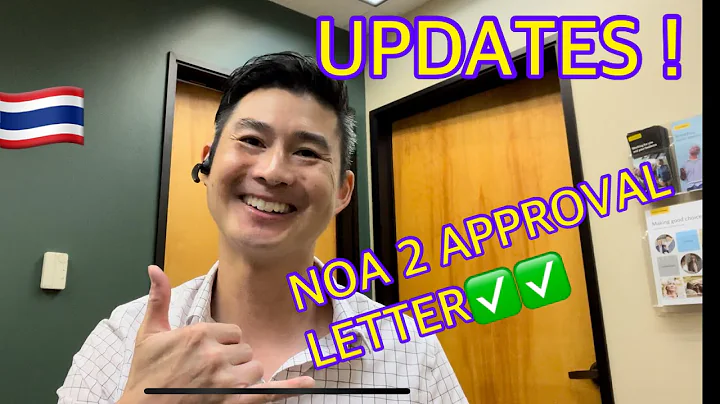Understanding the California v. Hodari D Case: Fourth Amendment & Seizures
Table of Contents
- Introduction
- Background on the Case
- The Fourth Amendment and Seizures
- The Show of Authority
- The Mendenhall Test
- The Supreme Court's Decision
- Implications of the Decision
- Pros and Cons of the Court's Ruling
- Conclusion
- Resources
Introduction
In this article, we will discuss the landmark Supreme Court case of California v. Hodari D. The case revolves around the issue of whether the act of discarding drugs during a police pursuit constitutes a seizure under the Fourth Amendment. We will explore the arguments presented by both parties and examine the court's ruling. Additionally, we will analyze the implications of this decision and consider the pros and cons of the court's stance on the matter.
Background on the Case
The incident in question occurred in April 1988 when officers Brian McColgan and Jerry Pertoso were on patrol in a high crime area of Oakland, California. While dressed in street clothes with police jackets, they came across a group of youths huddled around a small red car. Upon seeing the officers' car approaching, the youths panicked and fled the scene. Hodari D. and one companion ran in one direction while the others fled in different directions. During the pursuit, Hodari discarded a small rock, later identified as crack cocaine. The officers eventually apprehended Hodari and discovered cash and a pager on his person.
The Fourth Amendment and Seizures
To analyze the legality of the seizure, it is crucial to understand the principles outlined in the Fourth Amendment. The Fourth Amendment protects individuals from unreasonable searches and seizures conducted by the government. Here, the question arises whether Hodari's act of discarding the cocaine during the pursuit constituted a seizure within the meaning of the Fourth Amendment.
The Show of Authority
Hodari's defense argued that the pursuit by Officer Pertoso qualified as a show of authority, commanding Hodari to halt. However, the Supreme Court dismissed this contention. The court explained that a show of authority is only considered a seizure under the Fourth Amendment if it conveys to a reasonable person that they are not free to leave. In this case, since Hodari did not comply with the officer's command, he was not seized until he was tackled.
The Mendenhall Test
The defense relied on the so-called Mendenhall test, which states that a person is seized only if a reasonable person, based on all the circumstances, would believe they are not free to leave. However, the court clarified that the Mendenhall test establishes a necessary but not sufficient condition for a seizure. It must be objectively determined whether the officer's words and actions would convey a show of authority to a reasonable person.
The Supreme Court's Decision
The Supreme Court ultimately ruled that Hodari was not seized at the time he discarded the drugs. The act of discarding the drugs occurred before Officer Pertoso physically apprehended Hodari. Therefore, the cocaine was not considered the fruit of the seizure and the evidence was deemed admissible.
Implications of the Decision
This decision has significant implications for similar cases involving the act of discarding evidence during a police pursuit. It sets a precedent that a seized person must actually be under physical control or restraint for a seizure to occur under the Fourth Amendment. The ruling clarifies the distinction between show of authority and physical force in determining whether a seizure has taken place.
Pros and Cons of the Court's Ruling
Pros:
- Provides a clear definition of what constitutes a seizure under the Fourth Amendment
- Promotes the importance of physical control or restraint in determining a seizure
- Ensures that fleeing suspects cannot claim a violation of their Fourth Amendment rights if they discard evidence during a pursuit
Cons:
- Raises concerns about the potential for police abuse during pursuits
- Places an additional burden on citizens to accurately assess the presence of a show of authority
- May limit the circumstances in which evidence can be suppressed based on a seizure argument
Conclusion
In the case of California v. Hodari D., the Supreme Court held that Hodari was not seized at the time he discarded the drugs during the police pursuit. The court underscored the importance of physical control or restraint in determining a seizure under the Fourth Amendment. This decision has notable implications for similar cases and ensures that the concept of a seizure aligns with the language and intent of the Fourth Amendment.
Resources







